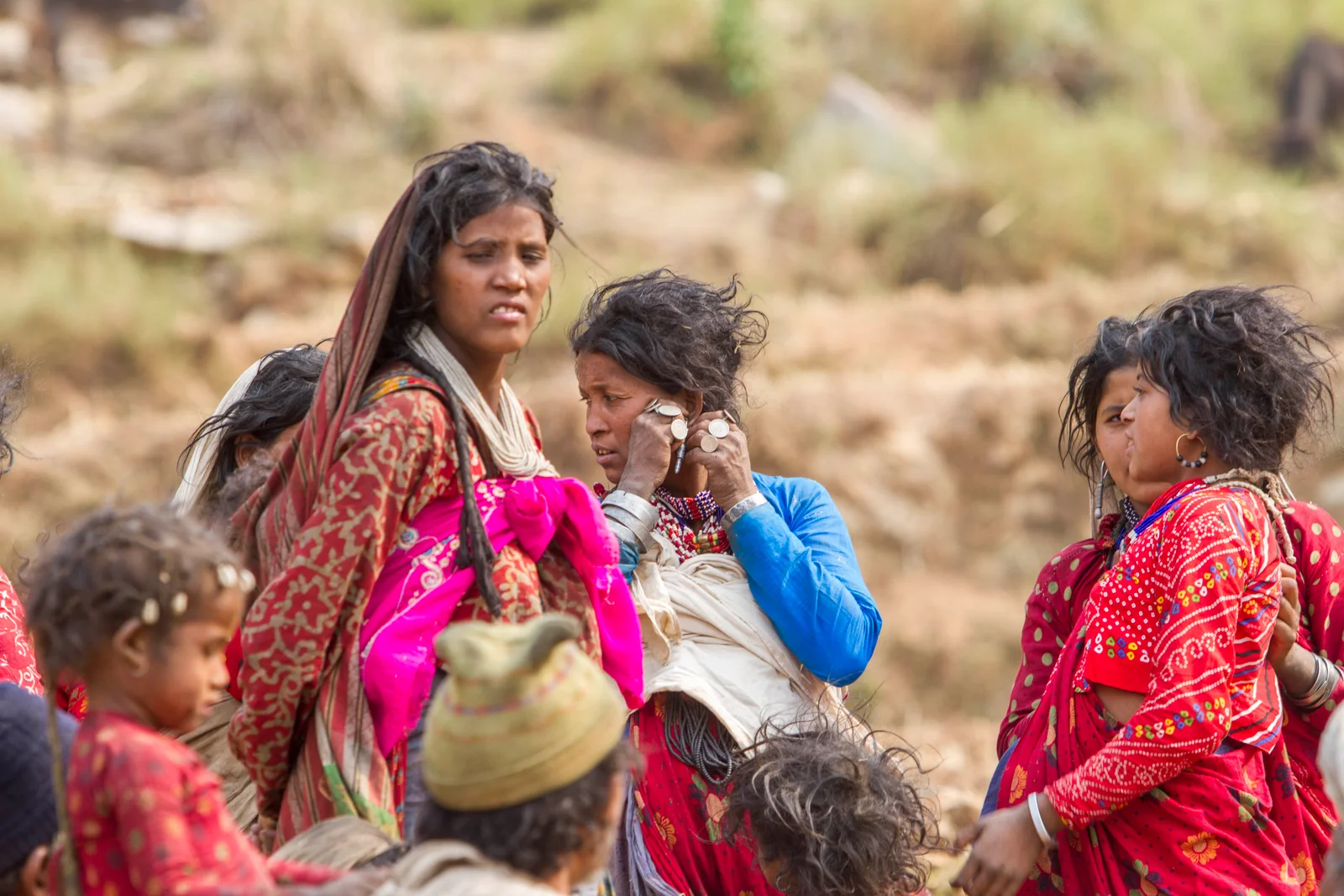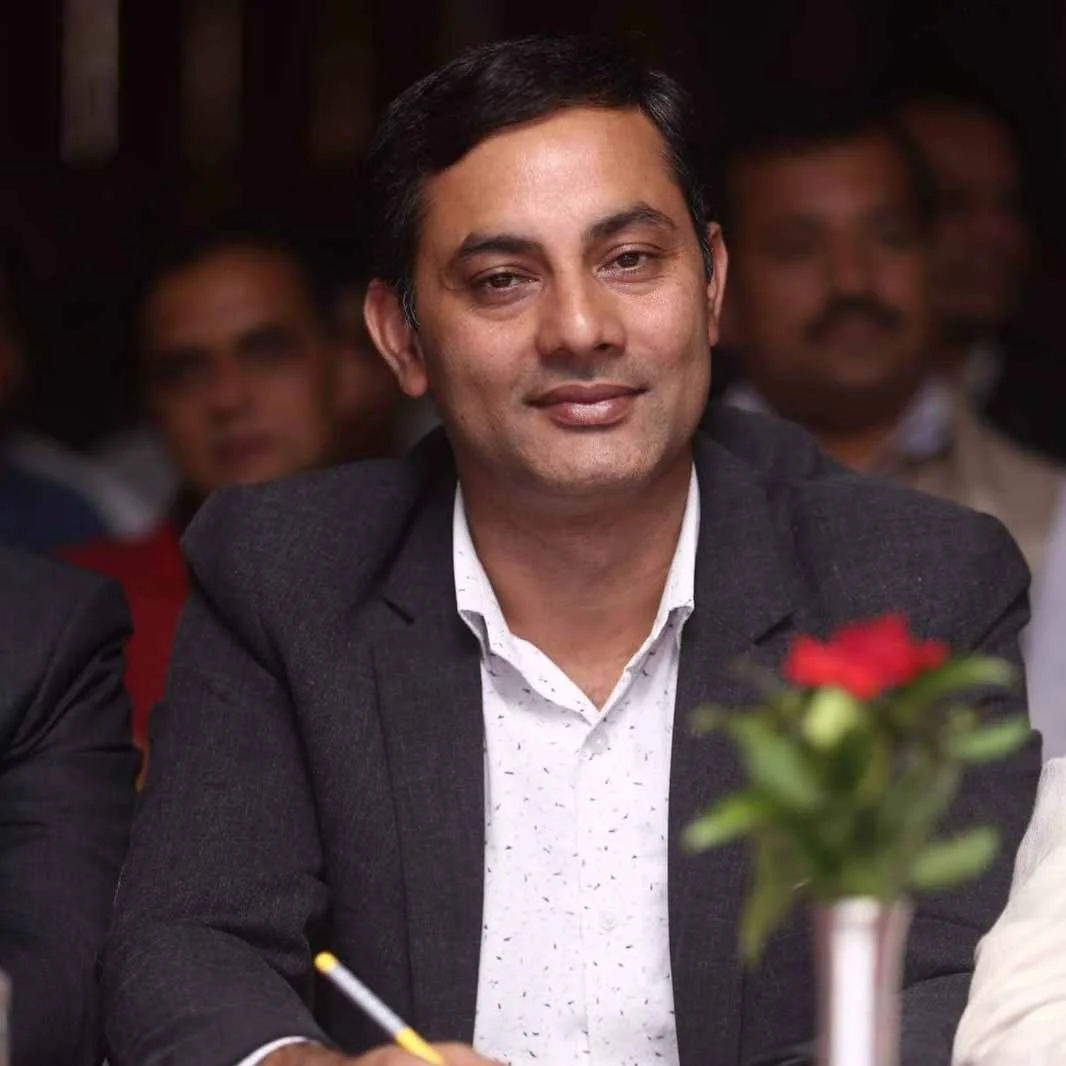
Nepal is a country filled with multi-cultural, multi-linguistic, multiethnic, and varied bio-diversity which offers various flavors of experiences to the people from the outside world.
In this small country, there are 125 ethnic groups of people speaking 124 different languages where one can find various cultures, nature, the floras and faunas, and the vegetation.
Nomads (Nepali name: Rautes) along with other indigenous groups (Chepang).
Rautes are a unique ethnic group denying any idea of permanent settlement, education or agriculture. They are the only nomadic people in the country who never settle permanently in any particular place.
They fulfill their necessities by bartering their wooden pottery and traditional crafts for food-grains with the local people and also engage in monkey hunting while adopting forest life.
Rautes are totally dependent on forest resources for their livelihood even in this modern age; they are considered an important part of biodiversity.
The main habitat of this community is in the hills of mid-western part of Nepal roaming around Salyan, Acchaam, Dailekh, Jajarkot and Surkhet district.
What to bring ??
This list outlines the required things to bring during the trekking hours. There are various selections and brands that you can have your own choice. That equipment can be bought and hire easily at a reasonable price in Kathmandu.
General
1. Down sleeping bag (you can borrow with us if required).
2. Duffel or Rucksack bag (you can borrow with us if required).
3. Daypack
4. Down Jacket (you can borrow with us if required).
5. Flish liner (you can borrow with us if required).
6. Walking poles (Walking poles (optional, you can borrow with us if required).
7. Water bottle with purification tablets.
8. Hand washes liquids.
9. Lip guard.
10. Sunblock cream.
11. Toiletry kit. Be sure to include toilet paper stored in a plastic bag, hand wipes, and liquid hand sanitizer, towel, soap, etc.
Upper Body - Head / Ears / Eyes
1. Cap and ears covering hat.
2. Glacier glasses
3. Head torch.
4. Ear-muffs and neck warmer is another piece of gear for extra warmth (optional)
Hand
1. Hand gloves (1 light pair and 1 warm pair)
Core Body
1. T-shirts.
2. Light and weight thermal tops and warm thermal top.
3. Light jacket and vest.
4. Wind and rain jacket.
5. Shirts and warm shirts.
Lower Body – Legs
1. Long and short hiking pants.
2. Lightweight and warm long underwear.
3. Rain and windproof trousers and warm trekking trousers.
Feet
1. Thin and thick socks.
2. Trekking boots, light shoes, and sandal.
3. Trekking Gaiters.
Medicines and First Aid Kits
(Our guide will carry the first aid kit bag during the trek. We still recommend you to bring your personal first aid kit as you feel it necessary).
1. Headache and fever medicine.
2. Ibuprofen for general aches and pains.
3. Burnt cream.
4. Immodium or Pepto Bismol capsules for upset stomach and diarrhea.
5. Diamox (commonly prescribed as Acetazolamide). Please discuss with us before starting to take this medicine.
6. Antibiotics.
7. Blister treatments such as moleskin, hand plastsband-aids, some waterproof tape, anti-infection ointments, etc.
Miscellaneous
1. Passport and extra passport photos (2 copies).
2. Durable wallet/pouch for travel documents, money and passport.
3. Pocket knife.
4. Bandanas.
5. Favorite snack foods and energy bars
6. Paperback books, cards, mp3 player. Avoid players with moving hardware as it may not function. Remember, keep these items lightweights
7. Binoculars.
8. Camera.
All garments should be kept dry using waterproof stuff sacks or large puncture resistant plastic bags.


Discover more adventures like this one, offering the same incredible experiences and destinations. Find your next journey today!










































































Nepal is a country filled with multi-cultural, multi-linguistic, multiethnic, and varied bio-diversity which offers various flavors of experiences to the people from the outside world.
In this small country, there are 125 ethnic groups of people speaking 124 different languages where one can find various cultures, nature, the floras and faunas, and the vegetation.
Nomads (Nepali name: Rautes) along with other indigenous groups (Chepang).
Rautes are a unique ethnic group denying any idea of permanent settlement, education or agriculture. They are the only nomadic people in the country who never settle permanently in any particular place.
They fulfill their necessities by bartering their wooden pottery and traditional crafts for food-grains with the local people and also engage in monkey hunting while adopting forest life.
Rautes are totally dependent on forest resources for their livelihood even in this modern age; they are considered an important part of biodiversity.
The main habitat of this community is in the hills of mid-western part of Nepal roaming around Salyan, Acchaam, Dailekh, Jajarkot and Surkhet district.
What to bring ??
This list outlines the required things to bring during the trekking hours. There are various selections and brands that you can have your own choice. That equipment can be bought and hire easily at a reasonable price in Kathmandu.
General
1. Down sleeping bag (you can borrow with us if required).
2. Duffel or Rucksack bag (you can borrow with us if required).
3. Daypack
4. Down Jacket (you can borrow with us if required).
5. Flish liner (you can borrow with us if required).
6. Walking poles (Walking poles (optional, you can borrow with us if required).
7. Water bottle with purification tablets.
8. Hand washes liquids.
9. Lip guard.
10. Sunblock cream.
11. Toiletry kit. Be sure to include toilet paper stored in a plastic bag, hand wipes, and liquid hand sanitizer, towel, soap, etc.
Upper Body - Head / Ears / Eyes
1. Cap and ears covering hat.
2. Glacier glasses
3. Head torch.
4. Ear-muffs and neck warmer is another piece of gear for extra warmth (optional)
Hand
1. Hand gloves (1 light pair and 1 warm pair)
Core Body
1. T-shirts.
2. Light and weight thermal tops and warm thermal top.
3. Light jacket and vest.
4. Wind and rain jacket.
5. Shirts and warm shirts.
Lower Body – Legs
1. Long and short hiking pants.
2. Lightweight and warm long underwear.
3. Rain and windproof trousers and warm trekking trousers.
Feet
1. Thin and thick socks.
2. Trekking boots, light shoes, and sandal.
3. Trekking Gaiters.
Medicines and First Aid Kits
(Our guide will carry the first aid kit bag during the trek. We still recommend you to bring your personal first aid kit as you feel it necessary).
1. Headache and fever medicine.
2. Ibuprofen for general aches and pains.
3. Burnt cream.
4. Immodium or Pepto Bismol capsules for upset stomach and diarrhea.
5. Diamox (commonly prescribed as Acetazolamide). Please discuss with us before starting to take this medicine.
6. Antibiotics.
7. Blister treatments such as moleskin, hand plastsband-aids, some waterproof tape, anti-infection ointments, etc.
Miscellaneous
1. Passport and extra passport photos (2 copies).
2. Durable wallet/pouch for travel documents, money and passport.
3. Pocket knife.
4. Bandanas.
5. Favorite snack foods and energy bars
6. Paperback books, cards, mp3 player. Avoid players with moving hardware as it may not function. Remember, keep these items lightweights
7. Binoculars.
8. Camera.
All garments should be kept dry using waterproof stuff sacks or large puncture resistant plastic bags.
© 2011 - 2022 All rights reserved. Mountain Delights Treks and Expedition Pvt. Ltd. Developed By : Xenatech Nepal